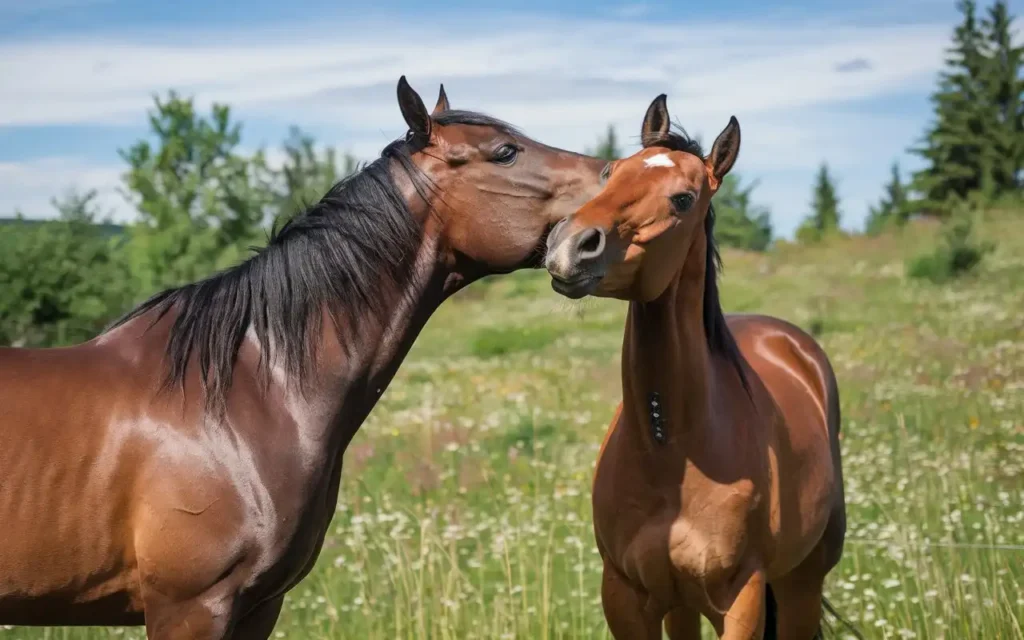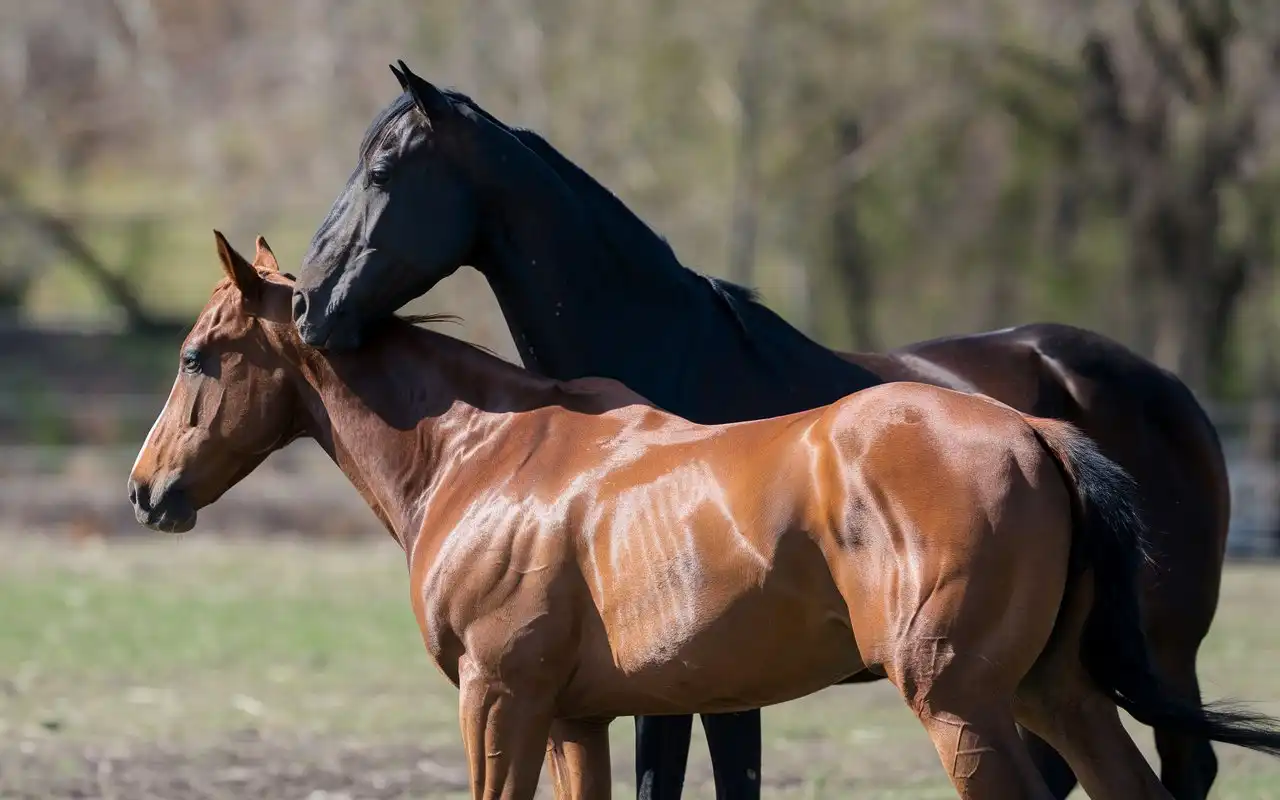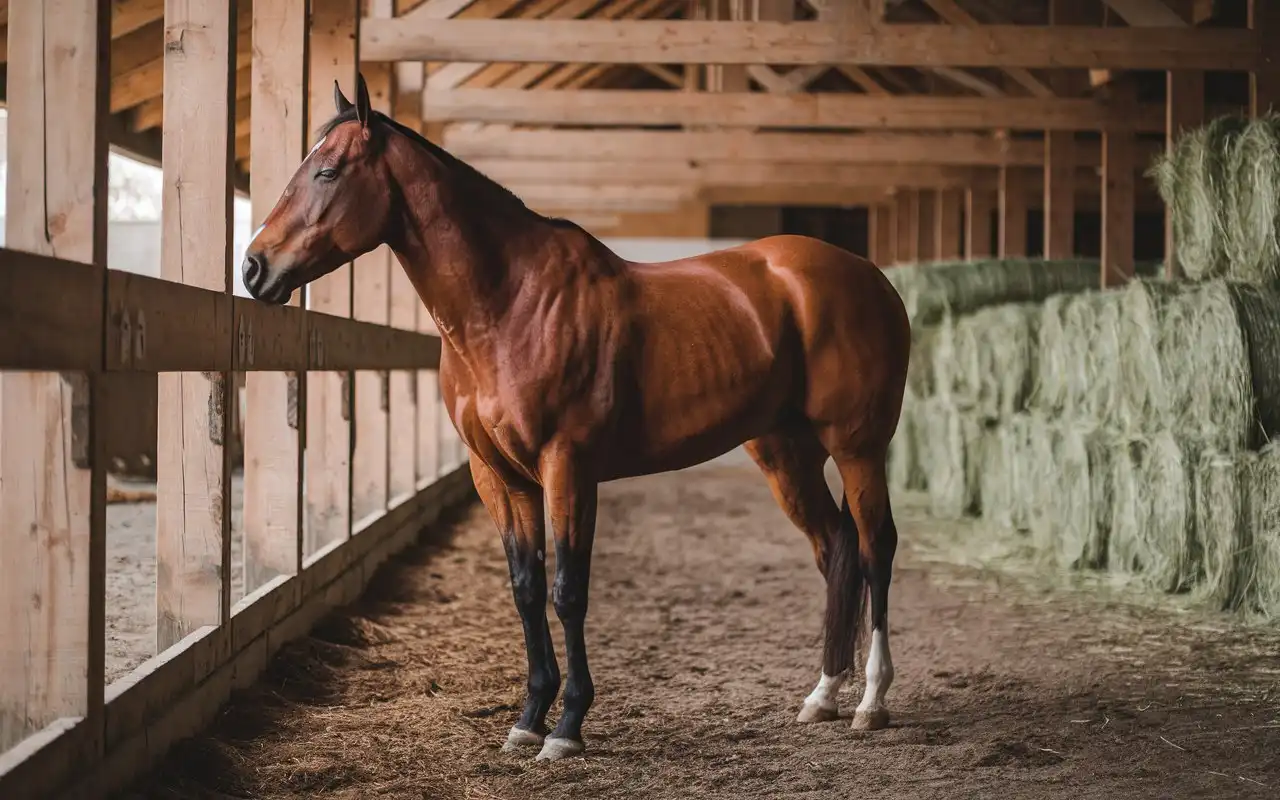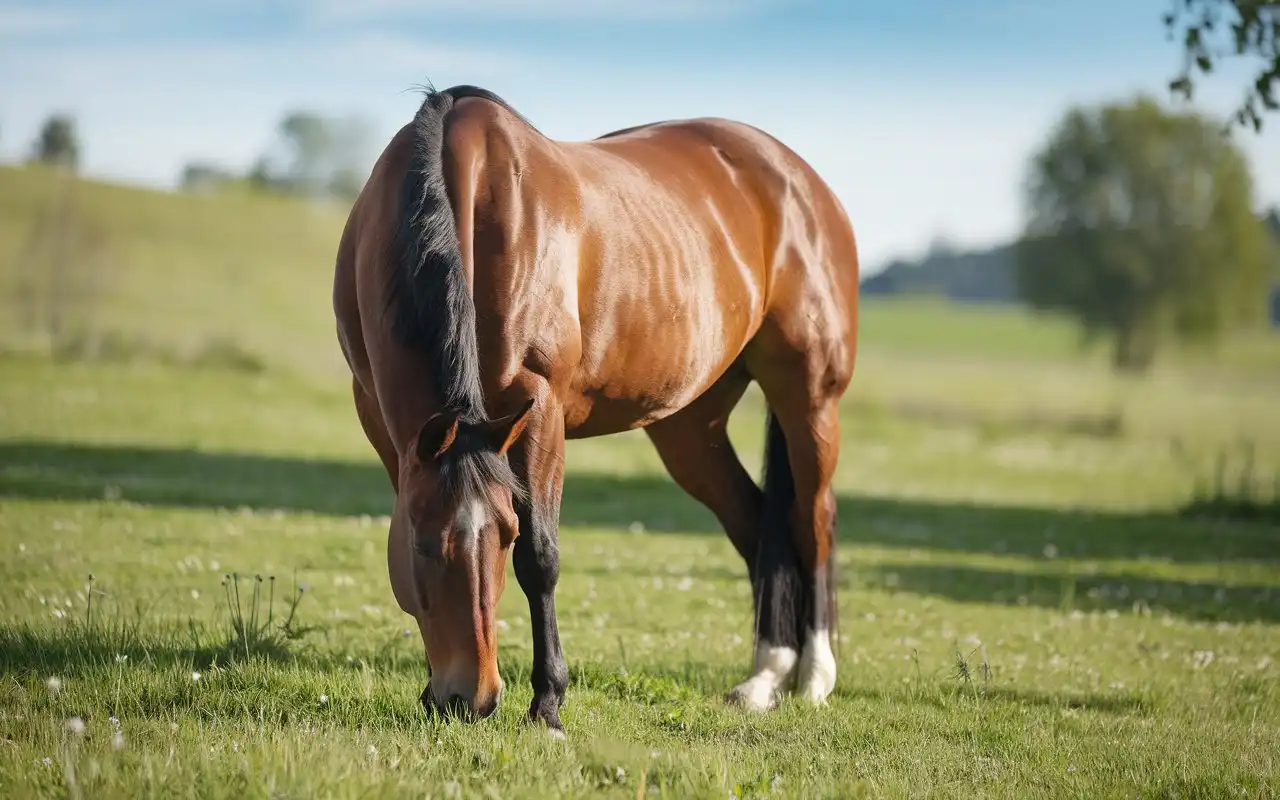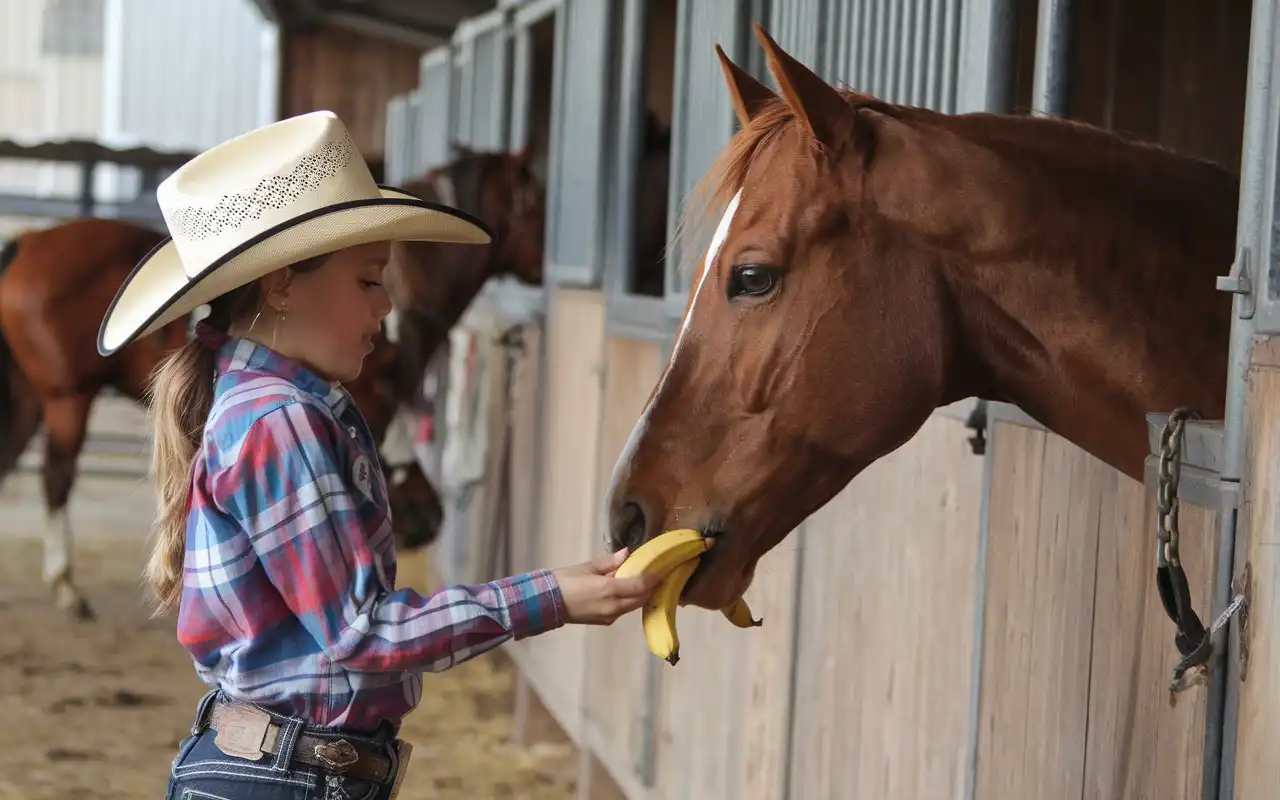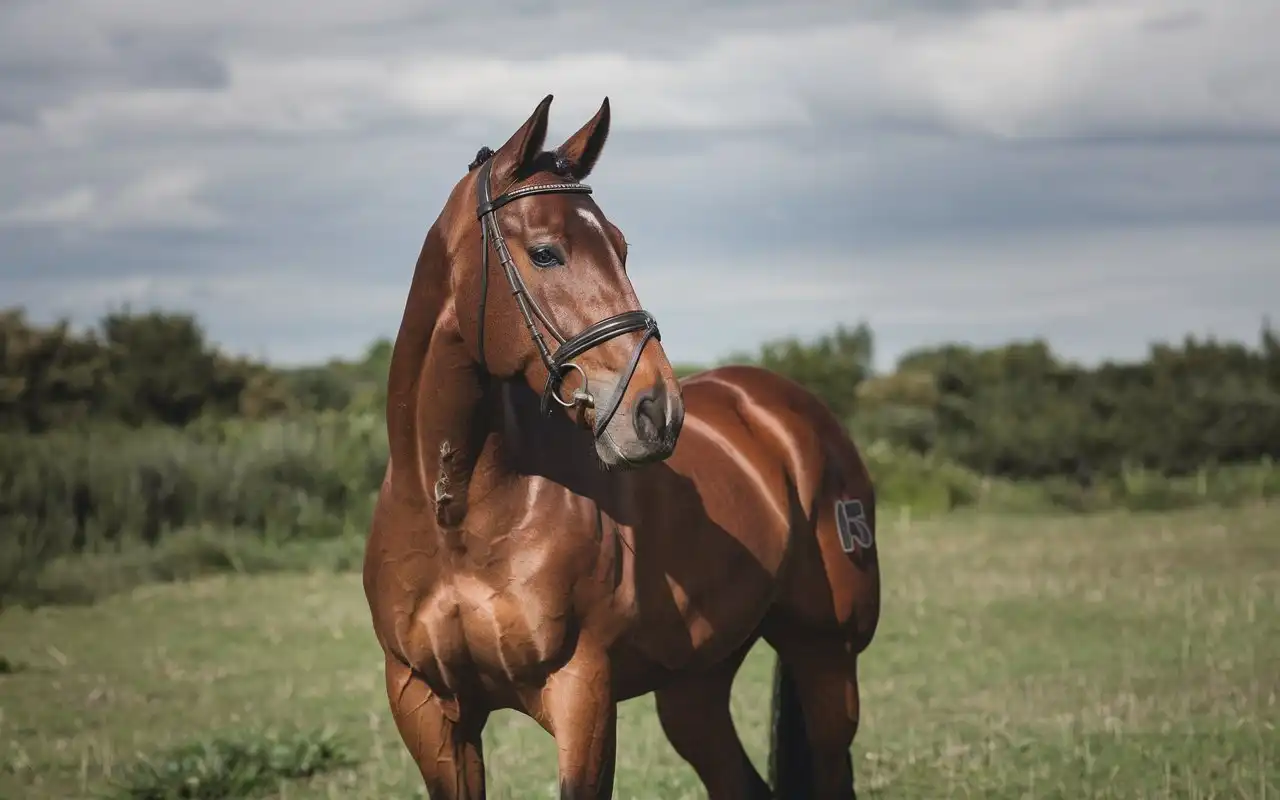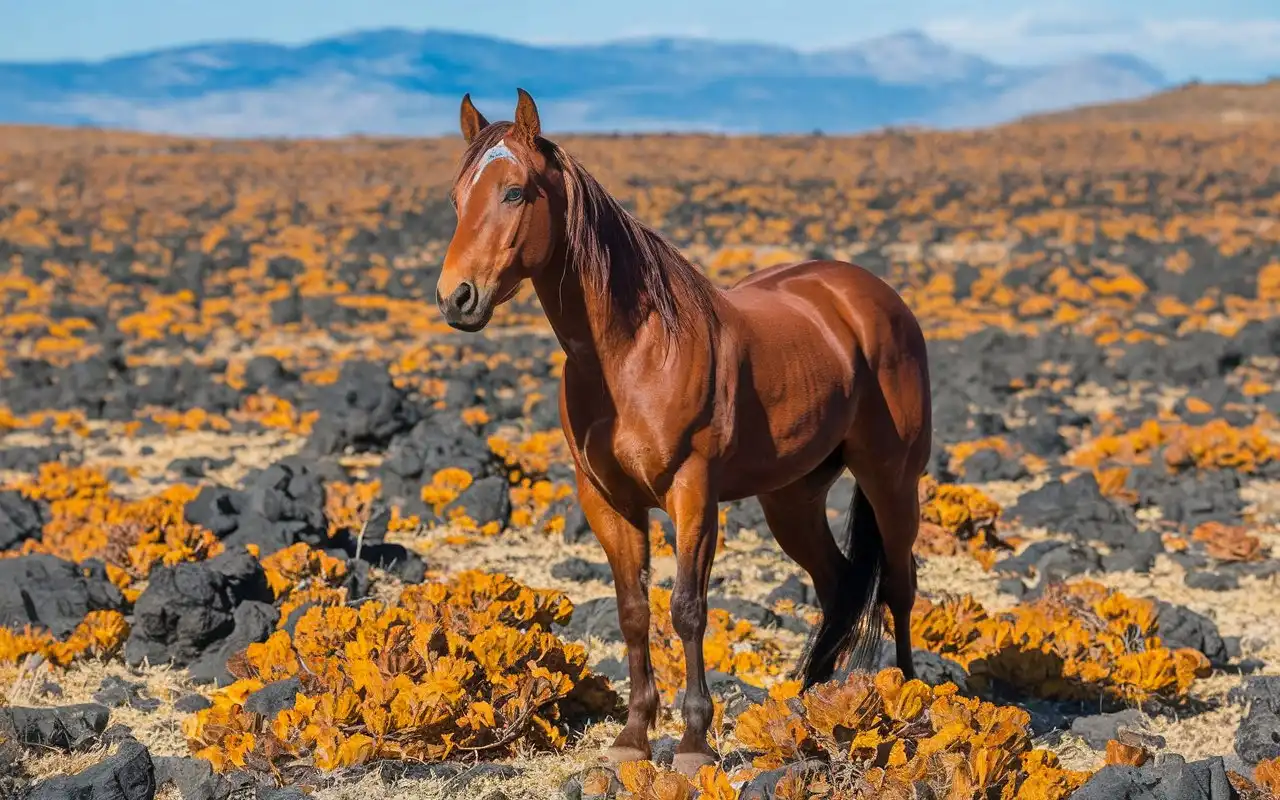The horses mating season is a fascinating and essential part of equine reproduction. Horse owners and breeders must know this seasonal phenomenon. It is key to ensuring healthy breeding cycles and the horses’ welfare. This guide will explore the science, management, and ethics of the horses’ mating season.
Table of Contents
What Is the Horses Mating Season?
The horses mating season, or breeding season, is when mares are most fertile. Stallions show heightened reproductive behavior then. This natural cycle aligns with environmental conditions that support successful breeding and foaling. Breeders must understand the horses mating season. It is crucial for optimizing reproduction and ensuring healthy pregnancies and offspring.
During this time, mares enter a phase called “estrus,” commonly referred to as being in heat. This phase signals their readiness to conceive, making them more receptive to stallions. Stallions, on the other hand, exhibit increased sexual drive and territorial behaviors. The synchronization of these changes is nature’s way of maximizing reproductive success.
The horses mating season is unique. It is determined by biological and environmental forces.Horse owners must recognize the signs of this season. It helps them plan breeding activities. It also ensures that the health and well-being of the horses are prioritized during this demanding time.
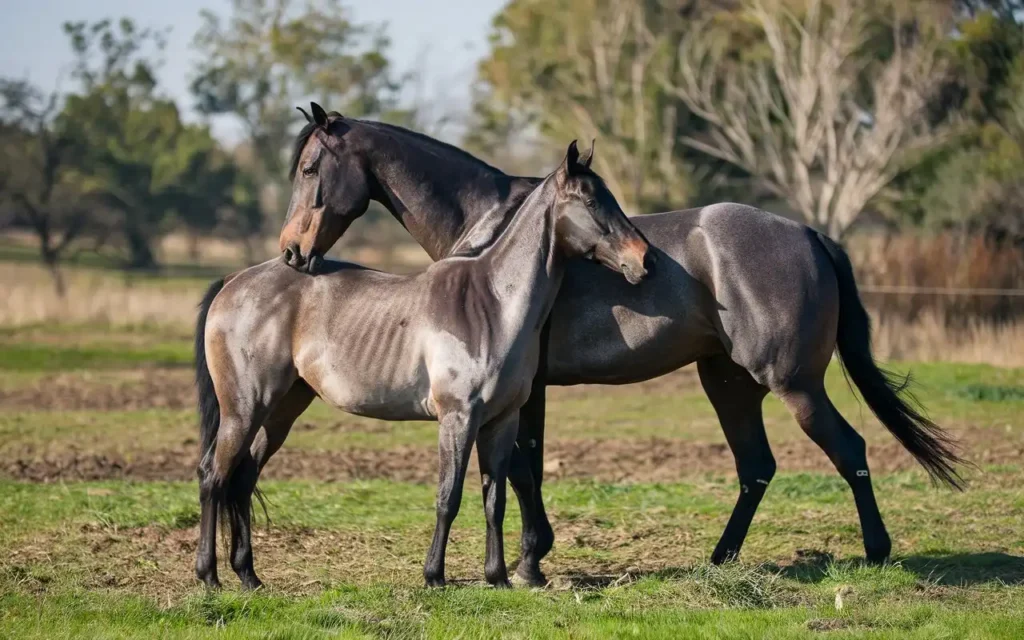
When Does the Horses Mating Season Occur?
The horses mating season typically begins in early spring and lasts until late summer. This timeframe coincides with the increase in daylight hours, a phenomenon known as the photoperiod. Longer days stimulate hormonal changes in mares and stallions, preparing them for reproduction. This cycle ensures foals are born in spring or early summer. It’s the best time for their survival.
The mating season’s timing varies slightly based on geographic location and climate. For example, horses in warmer regions may experience an extended season, while those in cooler areas may have a shorter window. Breeders must take these variations into account when planning their schedules.
Light exposure affects reproductive readiness. This shows the importance of natural rhythms in equine biology. Aligning breeding practices with these rhythms can boost mating success. It can also promote healthy foal development. Knowing this timing aids resource planning. It ensures optimal care for pregnant mares.
Biological Factors Influencing Horses Mating Season
Hormonal Changes in Mares and Stallions
Hormones play a pivotal role in regulating the horses mating season. In mares, longer days trigger the brain to produce GnRH. This, in turn, stimulates the ovaries to produce estrogen, leading to the onset of estrus. Mares show changes that signal their readiness to mate.
Stallions also experience hormonal shifts, particularly an increase in testosterone levels. This hormone drives their sexual behavior. It increases interest in mares, marks territory, and shows dominance. These changes ensure that stallions are physiologically and behaviorally prepared for breeding.
Influence of Environmental Factors
Reproductive success depends on hormones and environmental factors. These include temperature, nutrition, and social dynamics. Adequate nutrition is vital for both mares and stallions to maintain their energy levels and overall health. Similarly, a stress-free environment contributes to better mating outcomes.
The Role of Mares in the Mating Process
Estrous Cycle Explained
The estrous cycle in mares is a complex reproductive process lasting about 21 days, with estrus itself lasting 5-7 days. Mares become receptive to stallions during estrus. They show signs like frequent urination, tail raising, and vocalizations. These behaviors are nature’s way of signaling readiness to mate.
Behavioral Signs of Readiness
Understanding these signs is crucial for breeders. Missing the optimal window for mating can result in missed opportunities for conception. By watching their mares and working with vets, breeders can find the best time for mating.
The Role of Stallions in the Mating Process
Mating Behaviors and Courtship
Stallions use a variety of behaviors to court mares, such as nickering, nuzzling, and prancing. These actions are intended to gauge the mare’s receptivity and establish trust. Observing these interactions helps breeders determine compatibility between the pairs.
Physiological Readiness
For stallions, peak physical health is a prerequisite for effective breeding. Regular exercise, a nutritious diet, and routine veterinary care ensure they are fit for the demands of the mating season.
Factors Affecting Reproductive Success
Nutrition and Health Considerations
A well-balanced diet rich in vitamins, minerals, and proteins is critical for reproductive health. Mares require additional nutritional support during pregnancy to ensure the health of both the mother and the foal. Similarly, stallions need high-energy feeds to sustain their activity levels during the season.
Genetic Factors
The genetic makeup of the mating pair greatly influences the health and quality of the offspring. Breeders often consider lineage, temperament, and appearance when selecting pairs. They want the foals to inherit desirable traits.
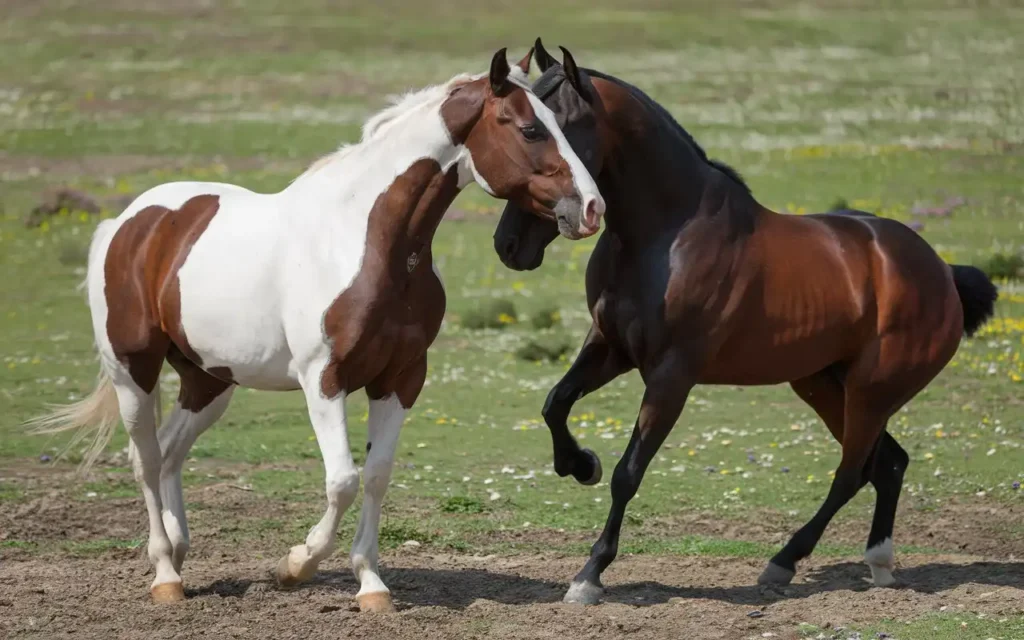
Common Challenges During Horses Mating Season
Behavioral Conflicts
Behavioral conflicts during horses mating season are more common than many breeders realize. Mares may reject some stallions due to stress or fear. Stallions, on the other hand, might become too aggressive. They may become territorial, especially when competing for a mare’s attention. Such conflicts can lead to injuries, disrupted mating attempts, and stress for the horses involved.
Managing these behaviors requires a calm, observant approach. Breeders can reduce conflict by introducing mares and stallions in a neutral, controlled place. Observing body language and intervening early at signs of aggression can prevent escalations. Patiently training and handling both horses ensures a safe, stress-free process for everyone.
Fertility Issues
Fertility problems can be disheartening for breeders. Mares might fail to conceive despite being in heat, or stallions may have low sperm quality or other reproductive challenges. Factors like age, previous injuries, or health conditions often contribute to these issues.
Veterinary care is essential for diagnosing and treating infertility. Hormonal therapies, dietary adjustments, and stress management can often improve reproductive outcomes. For persistent issues, alternatives like artificial insemination or embryo transfer might be considered.
How to Manage Horses During the Mating Season
Tips for Breeders
Preparation is key to successfully managing horses during the mating season. Breeders should create a checklist to ensure that no detail is overlooked.
- Track estrous cycles: Keeping detailed records of a mare’s estrous cycle helps pinpoint the best time for mating.
- Veterinary support: Before and during the mating season, horses must have health check-ups. This guarantees they are suitable for reproduction.
- Provide a healthy diet: Both mares and stallions need a special diet during this period. It should meet their higher energy and nutritional needs.
Also, consistent positive interactions build trust with your horses. This makes mating easier. Horses are more cooperative when they feel safe and cared for, so a stress-free environment is essential.
Ensuring Safety During Mating
Safety during the mating season goes beyond physical supervision. It involves understanding the behavioral cues of both the mare and stallion. For example, if a mare shows signs of fear or disinterest, forcing the interaction can result in injury or stress. Similarly, an overly eager stallion may require gentle redirection to avoid accidents.
Using proper equipment, such as padded breeding stands and protective gear, minimizes risks. Breeders should also have a plan in place to separate the pair quickly if conflicts arise. Remember, patience and preparation are key to a safe and successful mating season.
Ethical Considerations in Horse Breeding
Responsible Breeding Practices
Ethical breeding begins with selecting mares and stallions for compatibility, health, and temperament. Breeding horses for profit, with no care for their well-being, often leads to overpopulation and neglect. Instead, breeders should improve the breed. They should produce healthy, well-adjusted foals with desirable traits.
Avoiding Overbreeding
Overbreeding contributes to issues like overcrowded shelters and abandoned horses. Breeders must balance demand with the capacity to care for their animals. It is responsible to limit breeding cycles per mare. Foals should be raised in nurturing environments.
Educating buyers and promoting adoption are ethical practices. They also benefit the equine community. By prioritizing horses’ welfare over profits, breeders can help ensure a sustainable future for equines.
Benefits of Understanding Horses Mating Season
Enhanced Breeding Success Rates
Breeders can plan for horses mating season. This leads to higher conception rates and healthier pregnancies. Identifying the optimal time for mating reduces the number of failed attempts, saving time and resources.
Improved Horse Welfare
A well-informed approach to mating ensures that both mares and stallions remain healthy and stress-free. Meeting horses’ needs this season builds better bonds and enhances their welfare. Happy, healthy horses are more likely to produce thriving foals.
Strengthening Breeder Knowledge
Understanding the mating season deepens breeders’ knowledge of equine biology and behavior. This information supports reproduction and enhances equine management abilities. It benefits all aspects of equine care.
